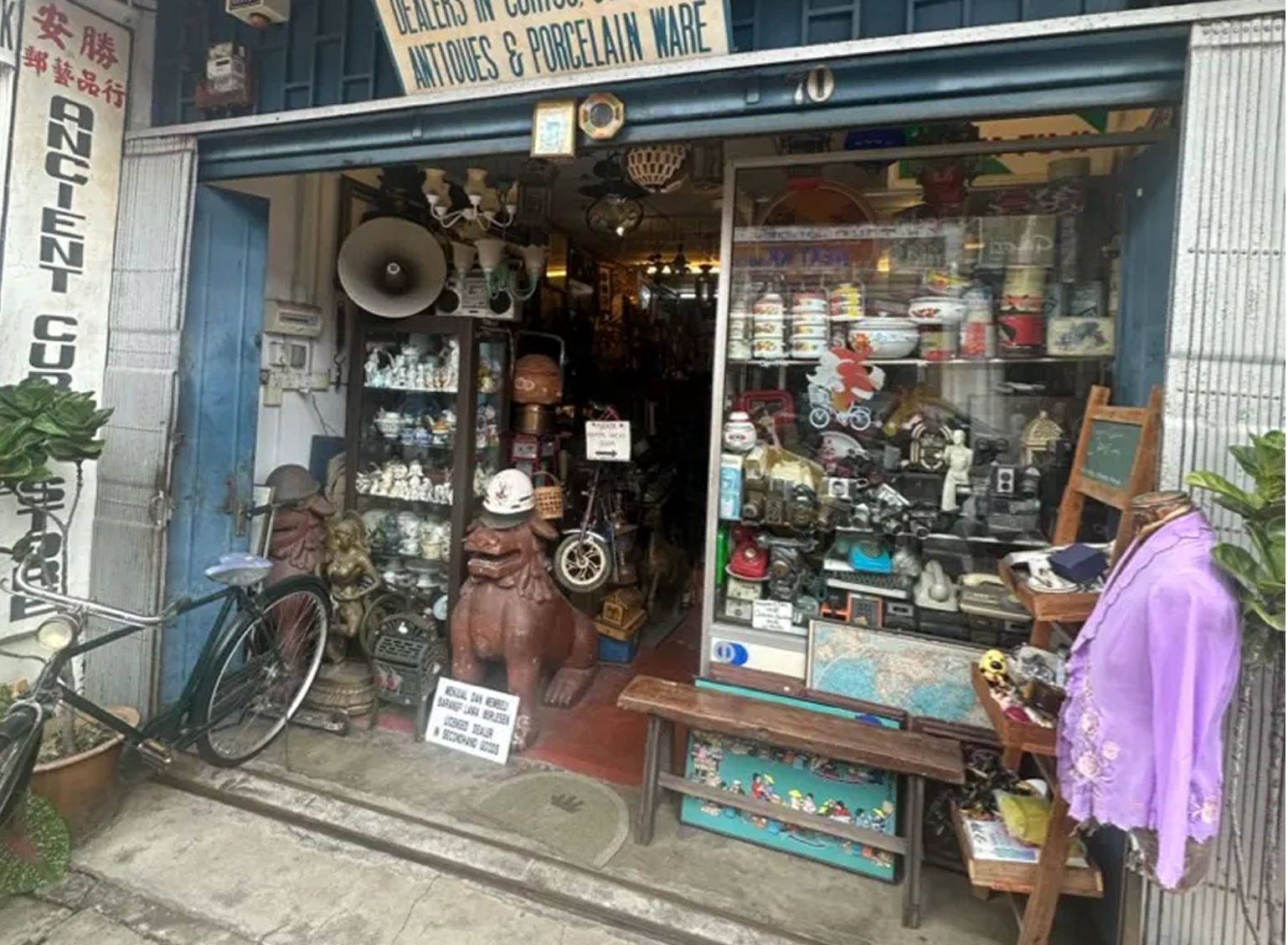The Vase: Manifesto Part 1
There’s a massive gap between crypto’s promise and its practical reality which we experienced first hand on the streets of Malaysia where shop owners used a clunky QR code taped to a hardware wallet to process a simple token transfer.
Julian Rachman

There’s a massive gap between crypto’s promise and its practical reality which we experienced first hand on the streets of Malaysia where shop owners used a clunky QR code taped to a hardware wallet to process a simple token transfer.
The clunky onchain experience we’ve all become tolerant of stands in the way of making transactions become a part of everyday commerce. What should have been a simple tap-to-pay transaction taking mere seconds—like swiping a credit card—was a viciously long circus of copy-and-pasting wallet addresses, choosing the exact token and chain, and praying that lands correctly. In traditional finance, this payment would have taken seconds with a simple card tap—in crypto, it stretched to minutes of anxiety-inducing manual inputs.
During a trip to Malaysia, I found myself in Melaka—a centuries-old port city known for its mix of colonial architecture, local markets, and weather-worn shophouses. I had taken a few days off to visit extended family, something I hadn’t done in years, and found myself with a rare bit of free time to explore. The pace was slower, more reflective—a welcome contrast to my usual rhythm. I spent the afternoon wandering its narrow streets, ducking in and out of stores, when I stepped into a small antique shop in search of a gift for my aunt.

After a few minutes of browsing, I saw a vase with a colorful Peranakan design and took it to the counter.
Before I could even reach for my wallet, the shopkeeper looked up and asked, “Do you have crypto?”
He pulled out a hardware wallet from beneath the counter. Taped to its front was a printed QR code—smudged, curling at the corners. That was the setup. No screen, no terminal. Just a printed address taped to a hardware wallet.
I wasn’t surprised to see this. Across Southeast Asia, crypto adoption has surged, with the region accounting for 60% of global crypto activity. Malaysia ranks 7th globally in cryptocurrency ownership, with 19.9% of its population holding digital assets. Here, crypto isn’t just speculation—it’s increasingly practical finance. In a country where nearly 40% of adults remain underbanked and the ringgit has faced periods of volatility, stablecoins offer an alternative that combines the stability of the dollar with the accessibility of digital assets.

I scanned the shopkeeper’s code and got to work—entering the purchase amount, calculating the exchange rate multiple times, choosing the right token and chain, making sure I had enough gas.
It was slow, manual, and full of small hoops where one wrong input could cause the payment to fail entirely. A payment that should’ve taken seconds to initiate took minutes.
My interest in this space began years earlier when I was investing in blockchain infrastructure and witnessed firsthand how solving these fundamental transaction problems could unlock trillions in potential economic activity. What struck me most was how the demand for crypto services vastly outpaced the usability of the tools, a gap that continues to widen as adoption accelerates.
The fragility wasn’t in the tech itself. It was in the experience. The sheer effort it took to complete a single transaction.
The clunky transaction experience I encountered while buying that vase wasn’t an anomaly.
Ownership is surging across countless markets like Brazil, Turkey, Nigeria, and Indonesia. People are opting into crypto—not for headlines or hype, but because they need alternatives. Stablecoins are easier to trust than local currencies. Onchain rails reach people that banks overlook. The intent is there. But the experience?
The experience is broken.
The problem wasn’t just bad UX. It was deeper than that—it was structural. The blockchain itself lacked the building blocks to support the useful mechanics we take for granted in traditional finance: direct debit, pre-authorized payments, recurring transactions, contextual execution. The tools that make modern commerce feel invisible simply weren’t possible within the constraints of how onchain accounts were designed.
And for me, that was the shift. Not in my belief in crypto’s potential, but with the realization that if we want this future to be real, we need to solve for the thing that underpins all of it: execution. I became determined to figure out how to build a next-generation coordination layer for every onchain account—one that could finally make crypto behave like the financial system it was meant to surpass.